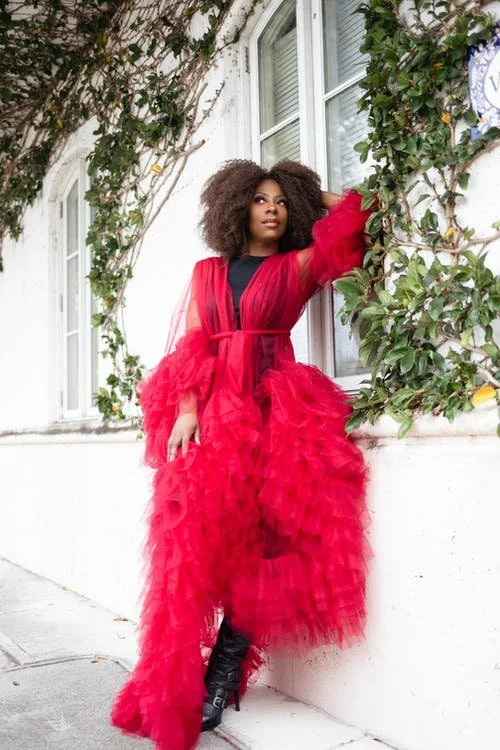Hues to Choose
Exploring Color For Mental Health
There's no secret that bright bursts of color will draw all sorts of attention. Especially when it comes to personal styling. Bold and electric contrasts can be mesmerizing, given the design. Hot pink, neon yellow dynamic cobalt blues are amongst the most warn hues. Bright , neon green has become exceedingly popular as well.
Depression is a serious mental health condition that can lead to feelings of sadness, hopelessness, or disinterest in usual activities. It can manifest in a variety of ways and can cause both mental and physical symptoms. An altered perception of color is just one of the physical symptoms of depression. ResearchersTrusted Source suggest that your mood may affect how your eyes process colors, making them look less vibrant or making it challenging to distinguish between contrasting shades.
But how exactly does the way we feel affect how we perceive colors? To find the answers, let’s look at what color perception is and how we often tie colors to our different emotions.
Consider adding these color for your wardrobe:
Bright Orange
Gray Cloud
Blue-Green
Deep Blue
Living Coral
Bright Yellow
Model surrounded by violet tree-Pexel Image
What is Chromotherapy and how does it work for depression?
Color therapy, also knows as chromotherapy, uses the benefits of different colors and shades to affect your wellbeing.
May is Mental Health Awareness month. We’re inquisitive about the effectiveness of color and how it make help to increase a positive out look for those whom may be living with mental illness.
As each color has a unique light wavelength, the color therapy principles use the energy of each shade to boost your mental and physical health.
Take the color purple, for instance. Phrases like, loyal, regal and tends to come to mind. It also conveys a feeling of royalty with its calm beauty. Research suggests that lavender may be of benefit as a complementary treatment for mild to moderate depression. In a 2006 study it was discovered that lavender aromatherapy may have a beneficial effect on insomnia and depression in young college students.
Purple light: Relaxes nerves and lymphatic systems. Addresses inflammation and urinary illnesses. Helps with eye inflammation, glaucoma and eye fatigue
Why Chromotherapy Works for some?
Light is an integral part of human life and color acts as a mood trigger, as well as a trigger for other psychological reactions. When light hits a surface, its wavelength changes and reveals its color, which helps indicate its significance to us. It’s an evolved trait for colors to have such profound effects on our mind and body. For example, bright fruit with saturated color is more appetizing than brown or pail-colored fruit because it indicates ripeness. When you look out at the deep blue ocean, you’ll feel calm. When the sun is setting with reds and oranges you feel energized. These effects are so significant that they’re often implemented to achieve an intended effect. and the SyHyintended effect.
It is a centuries-old concept used successfully over the years to cure various diseases. It has undertaken a critical analysis of chromotherapy and documented its scientific evolution to date. A few researchers have tried to discover the underlying scientific principles, but without quantitative study. Sufficient published material can be found about the subject that provides a complete system of treatment focused on the treatment methodologies and healing characteristics of colors. A number of studies have elaborated the relationship between the human body and colors. We also show the possibility of carrying out diverse research into chromotherapy that is pertinent to deciphering the quantum mechanical dipole moment of water molecules. The quantum mechanical dipole moment as a result of the absorption of different colors, we conjecture, produces charge quantization phenomena. This review illustrates that the development of science in the field of electromagnetic radiation/energy can be very helpful in discovering new dimensions of this old theory.


